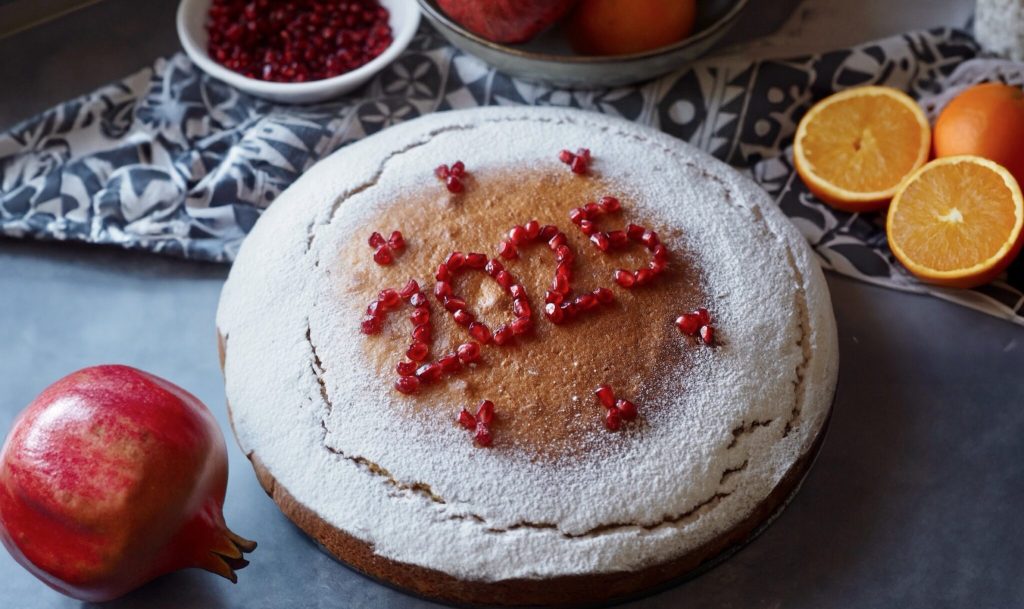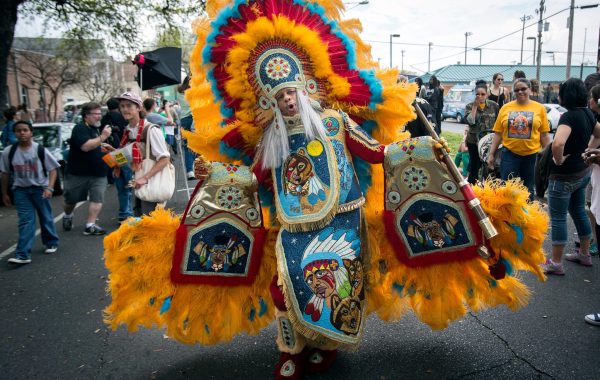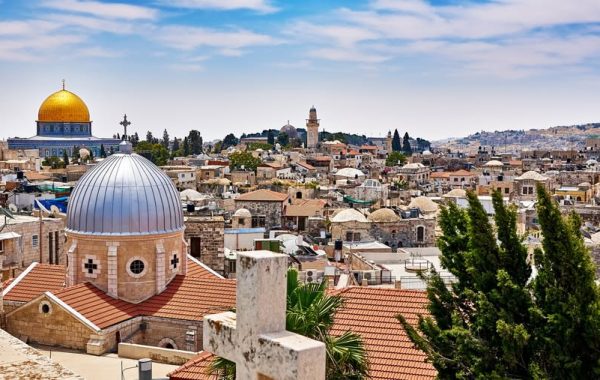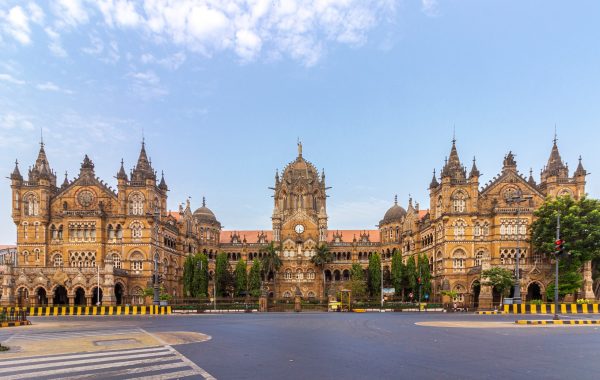Yes, there will still be New Year tradition parties this year, albeit intimate ones. There will be drunken champagne toasts in silly party hats, with party poppers, party horns, and maybe even fireworks! There will be the usual midnight hugs and kisses and lots and lots of food! And why not? Each one of us is looking towards the coming year with renewed hope and optimism!
And all around the world, the feeling’s the same. So, New Year traditions across the globe are sure to be followed, for good luck, success, and prosperity in 2025!
We thought we’d share some of these very interesting food traditions with you.
12 Meals, Estonia
We just gorge on one massive meal on New Year’s Eve. But in Estonia, people actually believe that they should eat seven, nine, or twelve smaller meals on New Year’s Eve! It is believed that eating each meal is akin to gaining the strength of one man, so if you consume 12 meals, you gain the strength of 12 men in the coming year! This must be taking some preparation! People don’t eat the entire meal as some have to be left over for the spirits of ancestors who visit the house on New Year’s Eve.
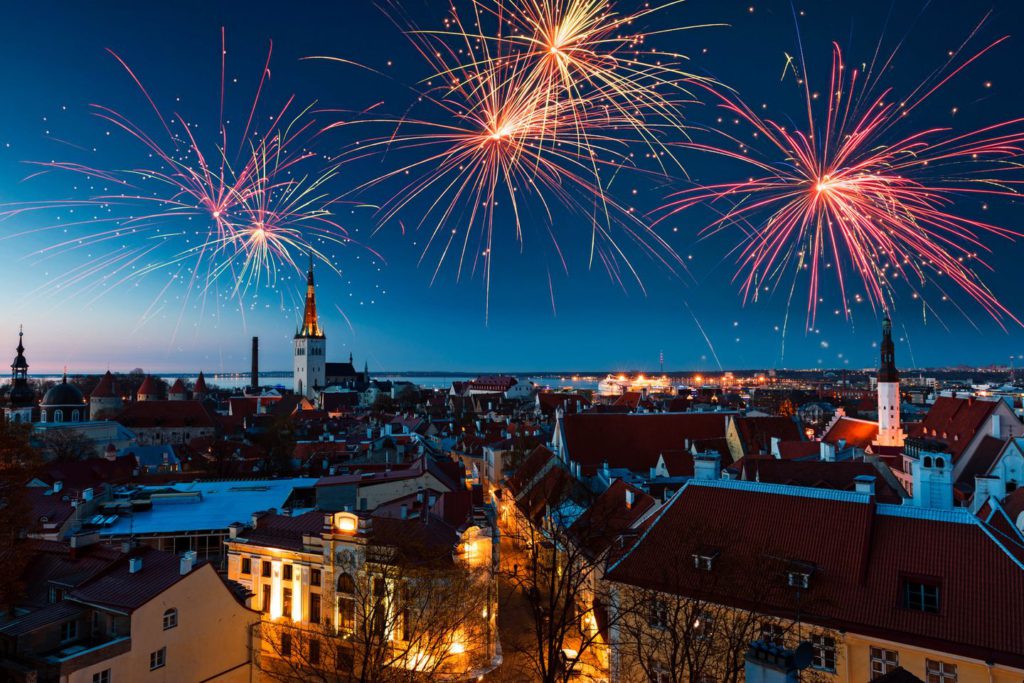
Tamales, Mexico
A holiday favorite in Mexico, for New Year, women in the community get together and make tamales to hand out to friends, family, and neighbors. It is served with Menudo, a spicy soup made out of tripe and hominy. Restaurants and street vendors all serve tamales on New Year’s Eve.
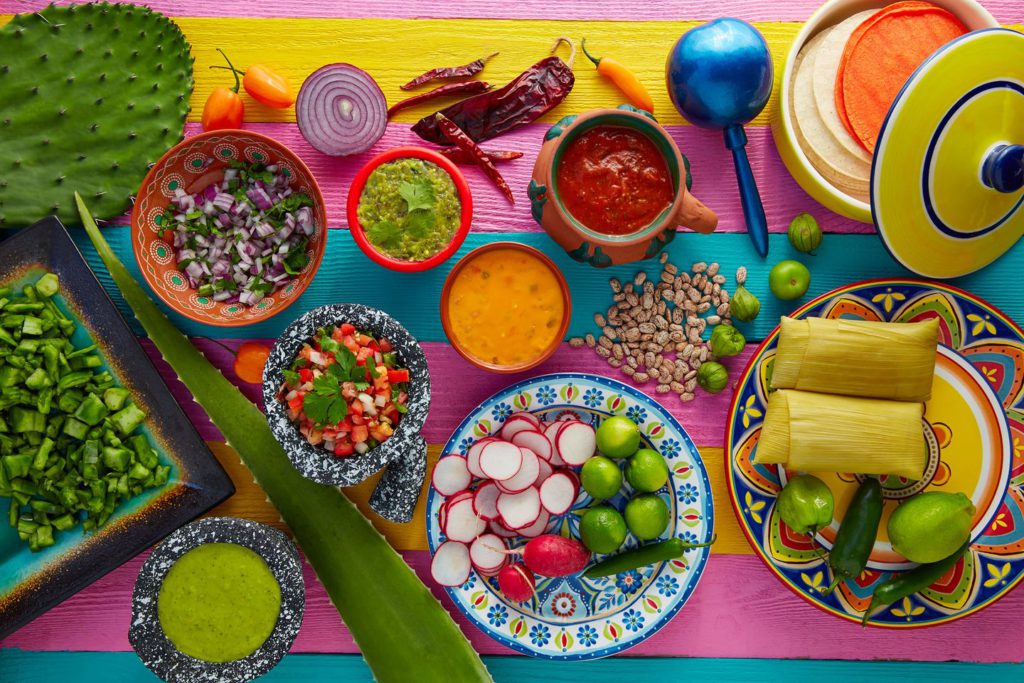
Olliebollen, The Netherlands
These doughnut-shaped dumplings, called olliebollen or fried oil balls, are made from dough mixed currants and raisins, then they are deep-fried and dusted with powdered sugar. Olliebollen is sold by street vendors traditionally on New Year’s Eve and during fairs. In Amsterdam, you will find Oliebollenkraams, little temporary shacks, or trailers on the street selling packets of hot fried oliebollen. Sounds like my kind of treat!
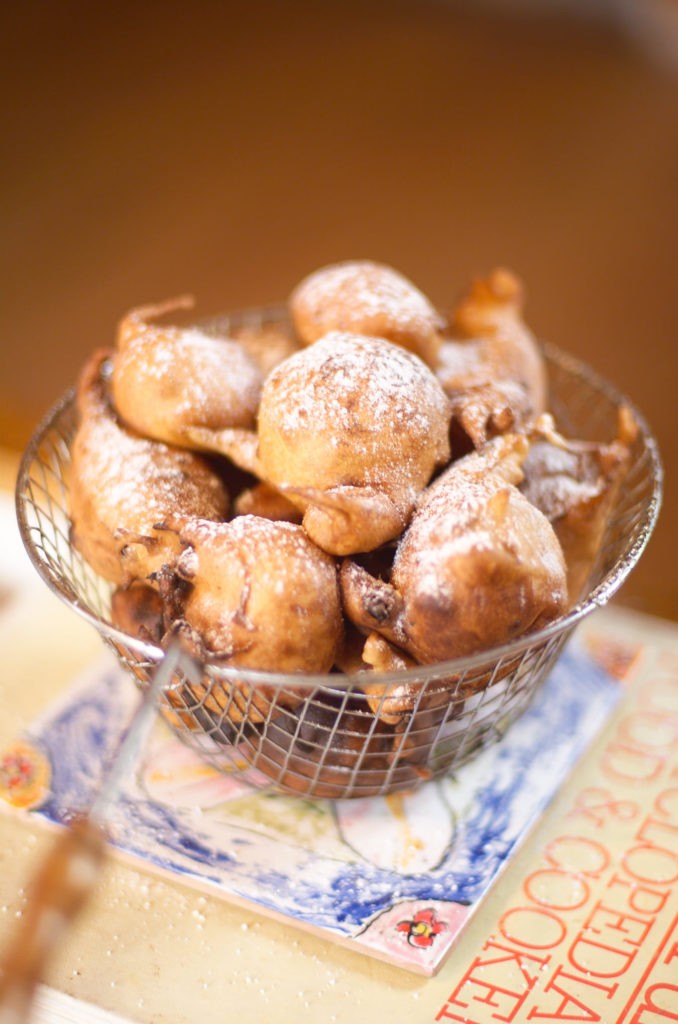
Soba Noodles & Mochitsuki, Japan
In Japan, families eat flavourful bowls of soba noodles or toshikoshi soba at midnight on New Year’s Eve. These buckwheat noodles, called year-end noodles, are longer than usual to symbolise longevity and prosperity. The tradition carries great significance and symbolizes the crossing over from one year to the next.
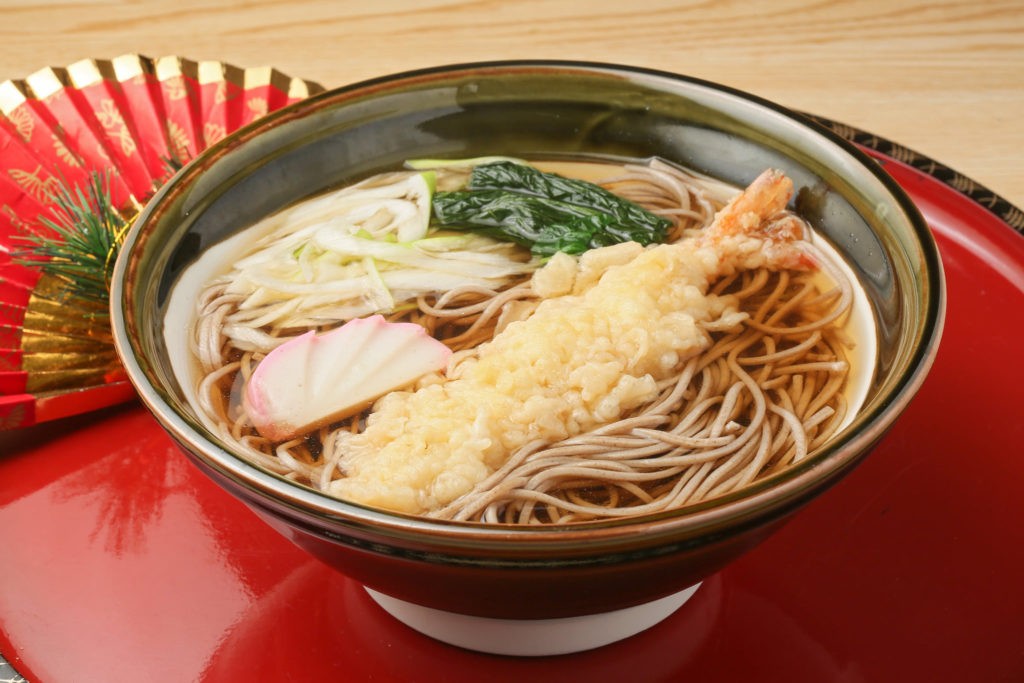
Mochitsuki is the annual tradition of pounding rice. Family and friends spend the day before New Year’s pounding mochi rice cakes. Sweet, glutinous rice is washed, soaked, steamed, and then pounded into a smooth mass. Guests take turns pinching off pieces to make into small buns that are later eaten for dessert.
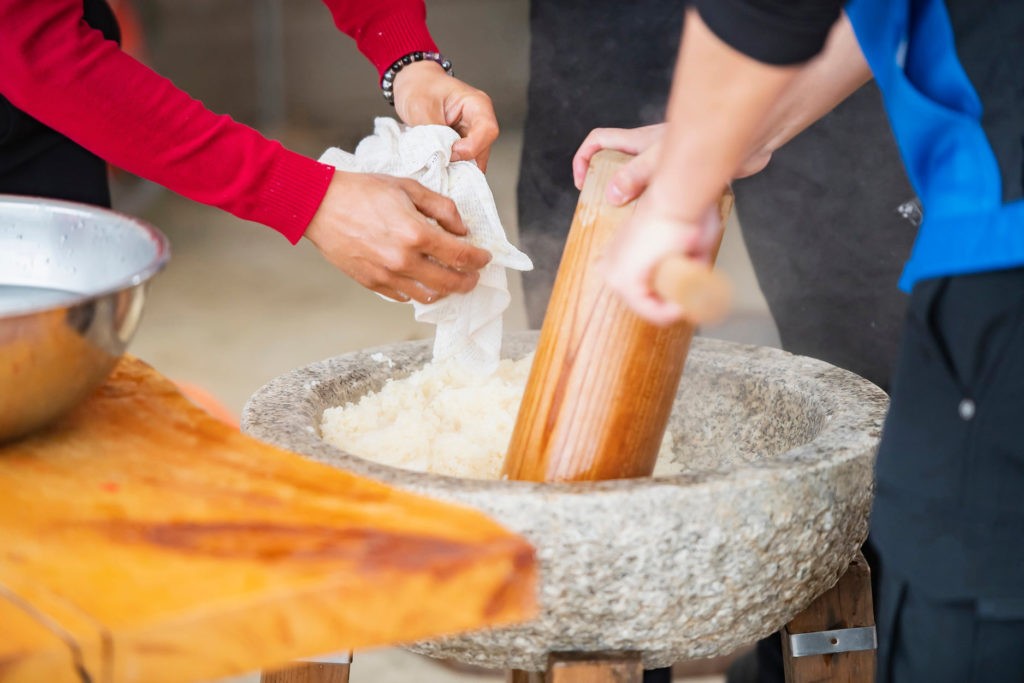
12 Grapes, Spain
People in Spain eat 12 grapes representing good luck for each of the coming 12 months. They watch a broadcast from Puerta del Sol in Madrid, where revelers gather in front of the square’s clock tower to ring in the New Year.
At the stroke of midnight, they eat one grape for every toll of the clock bell, and they have to be quick, so smart people are ready with peeled and de-seeded grapes to eat faster!
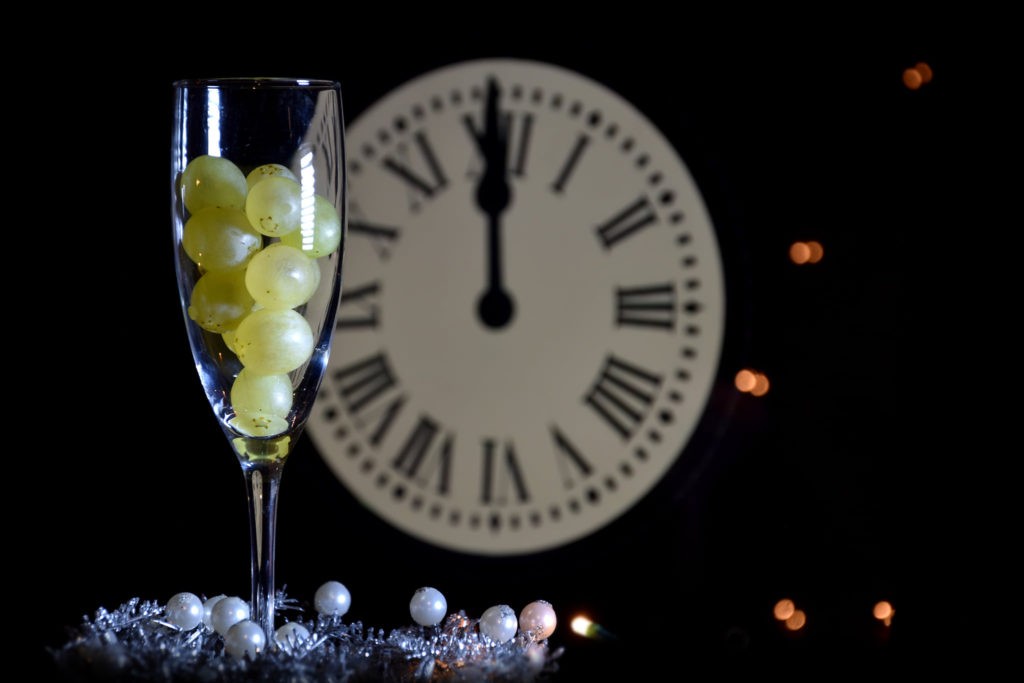
Marzipanschwein or Glücksschwein, Austria and Germany
In Austria and Germany, good luck pigs made out of marzipan, called Marzipanschwein or Glücksschwein are used to decorate dinner tables on New Year’s Eve and given as gifts to family and friends. They symbolize good fortune and prosperity. Good luck pigs could be made out of any material, but not surprisingly, the most popular of these are the delicious marzipan ones.
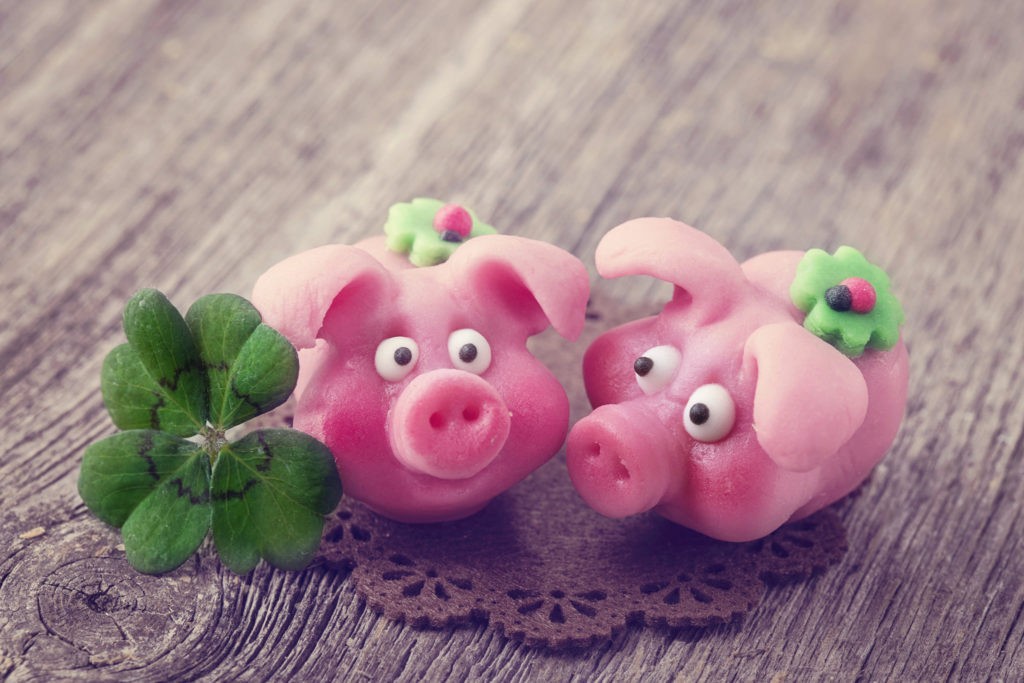
Pickled Herring, Poland, Germany & Scandinavia
Pickled herring is made of dehydrated herring, a small fish that lives throughout the northern waters of the Atlantic, which has been marinated in a brine solution.
This dish is a ‘must serve’ at all New Year’s Eve smorgasbords, along with smoked fish, pate, and meatballs. The fish is a symbol of fertility, long life, and good fortune, and what better way to start the New Year!
One special Polish New Year’s Eve preparation of pickled herring, called Sledzie Marynowane, is made by soaking whole salt herrings in water for 24 hours and then layering them in a jar with onions, allspice, sugar, and white vinegar.
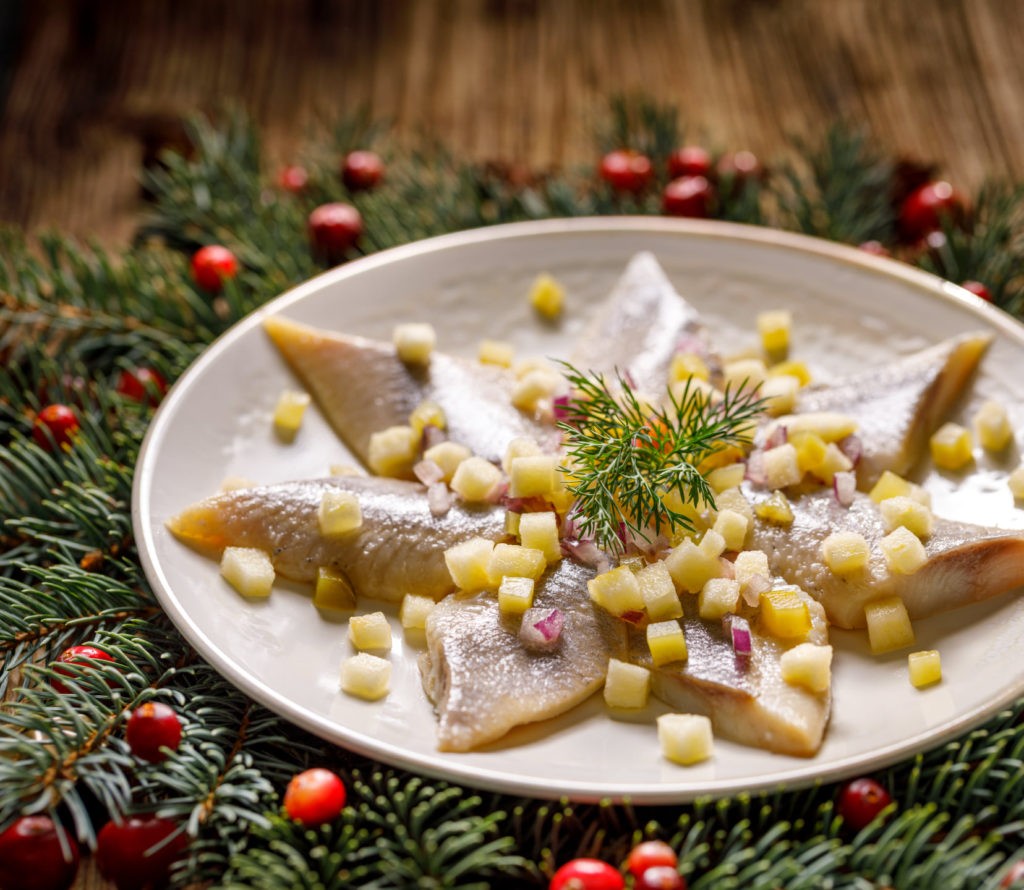
Lenticchie & Chiacchiere, Italy
Calledlenticchie, lentils are eaten by Italians shortly after midnight on New Year. This tradition is said to date back to ancient Rome.
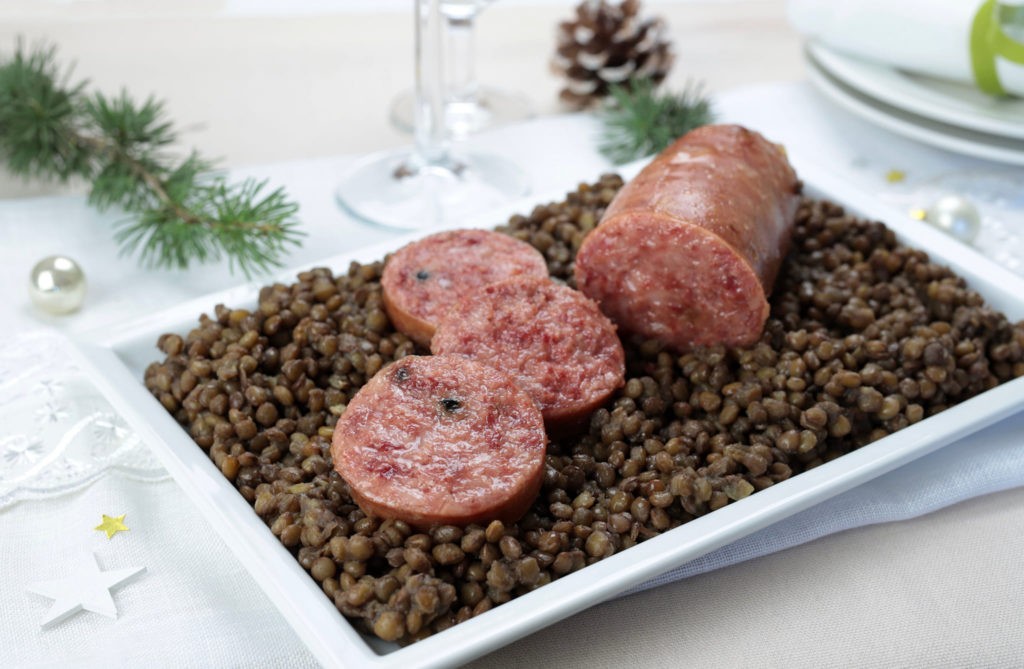
Because of their round coin shape, lentils are considered a symbol of prosperity. Italian New Year feasts must include at least one dish of lentils, often made with pork, as pigs are also considered lucky. And in the end, there are always chiacchiere – balls of fried dough that are rolled in honey and powdered sugar!
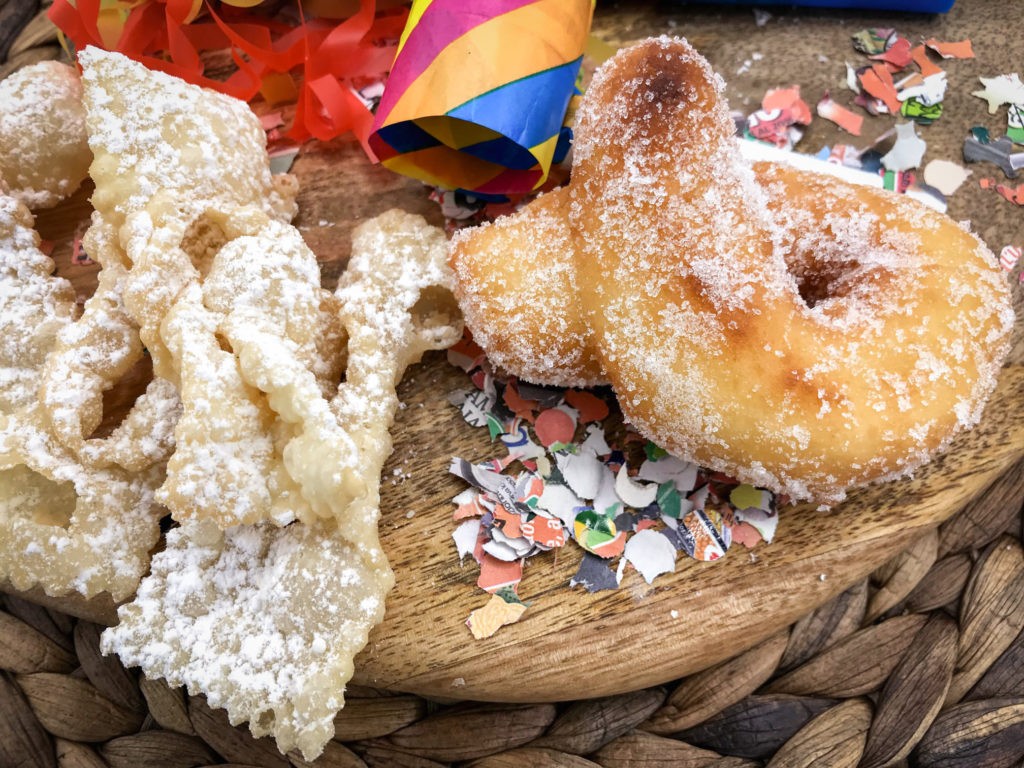
Kransekage, Denmark, and Norway
This unique marzipan “wreath cake” is actually a cake tower composed of many concentric rings of cake layered atop one another. They are made for New Year’s Eve and other special occasions in Denmark and Norway.
The cake often has a bottle of wine or Aquavit in the center and can be decorated with ornaments, flags, and crackers. It is served at midnight with champagne.
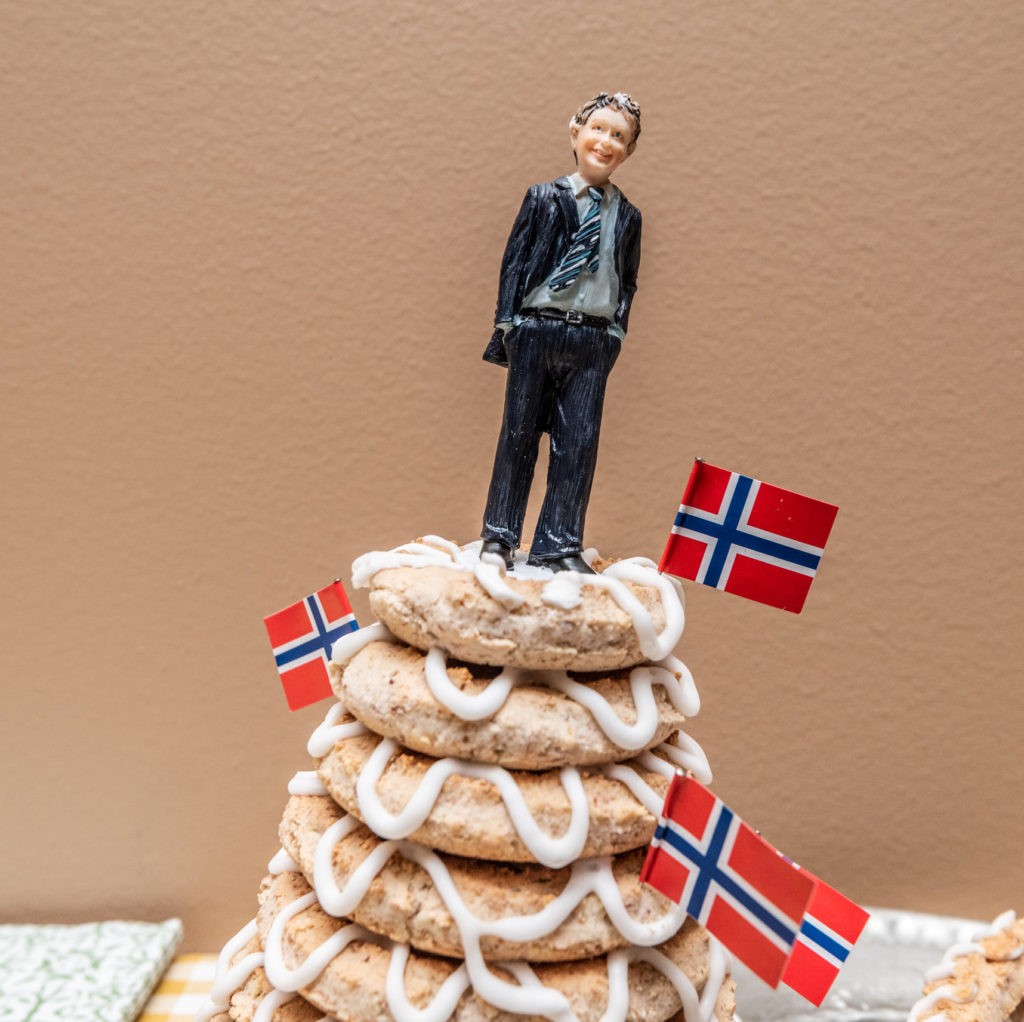
Fruit, Philippines
New Year’s Eve in the Philippines is celebrated with fruits. There are 12 fruits, for each month of the coming year. Filipinos also look for round fruits, which are considered auspicious, but mangoes and watermelon can also be used.
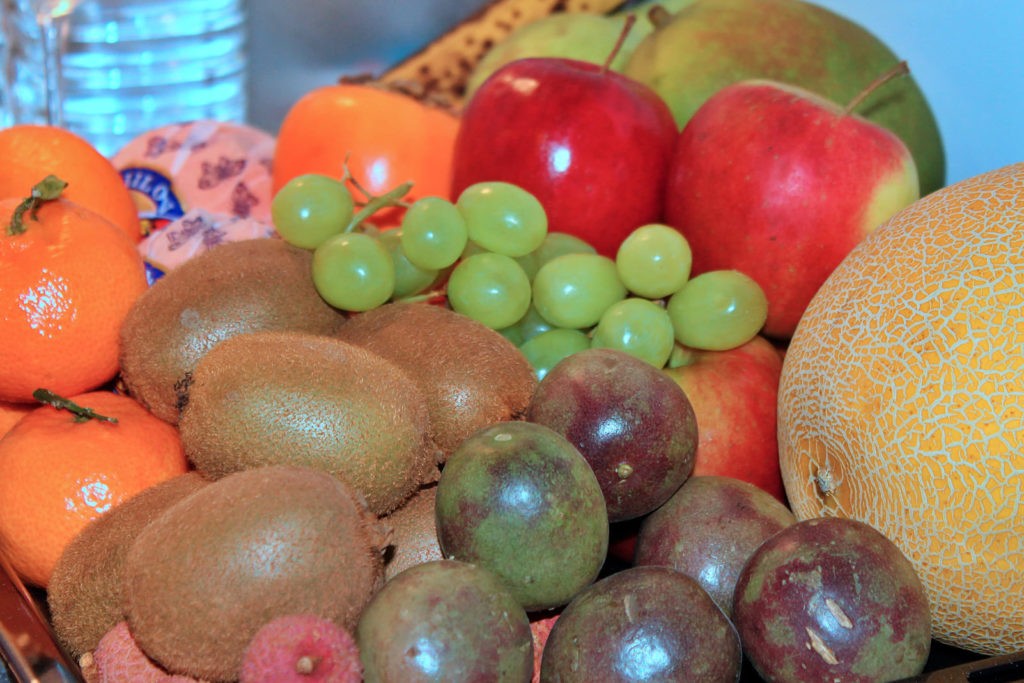
Vasilopita, Greece, and Cyprus
The Greeks bake vasilopita cake on January 1st. It is sweet, spicy, and bready and has lots of almonds. Sometimes people drop a coin or trinket into the batter. The lucky person who finds it is supposed to have good luck for the year ahead.
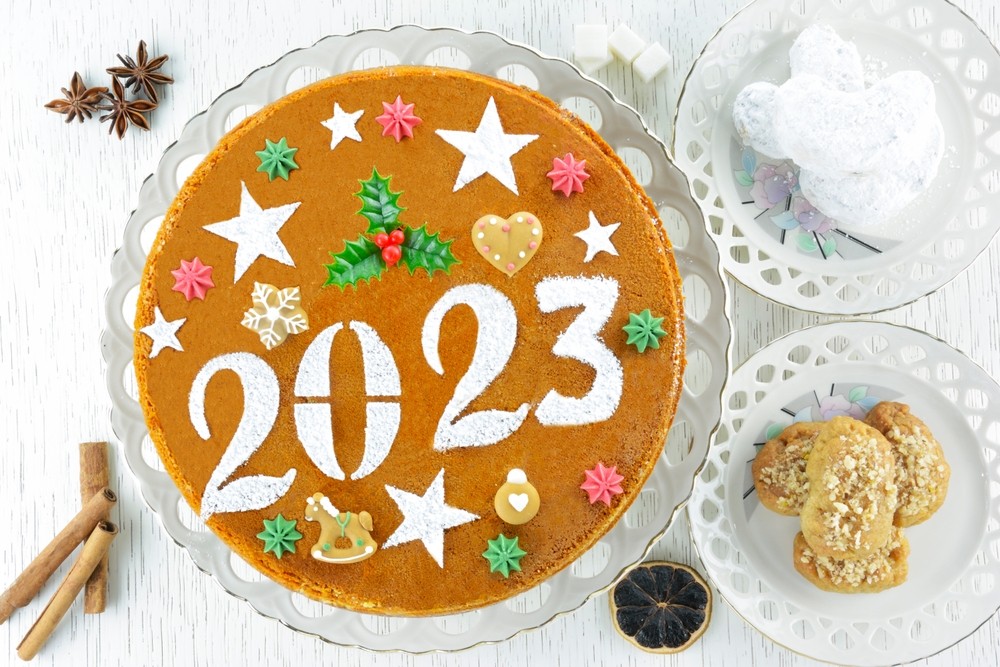
Pomegranates, Turkey
This is quite unique. In Turkey, there is a tradition of people smashing pomegranates in the doorways of their homes. Apparently, the number of seeds that fly out predicts how much good fortune they’ll have in the coming year.
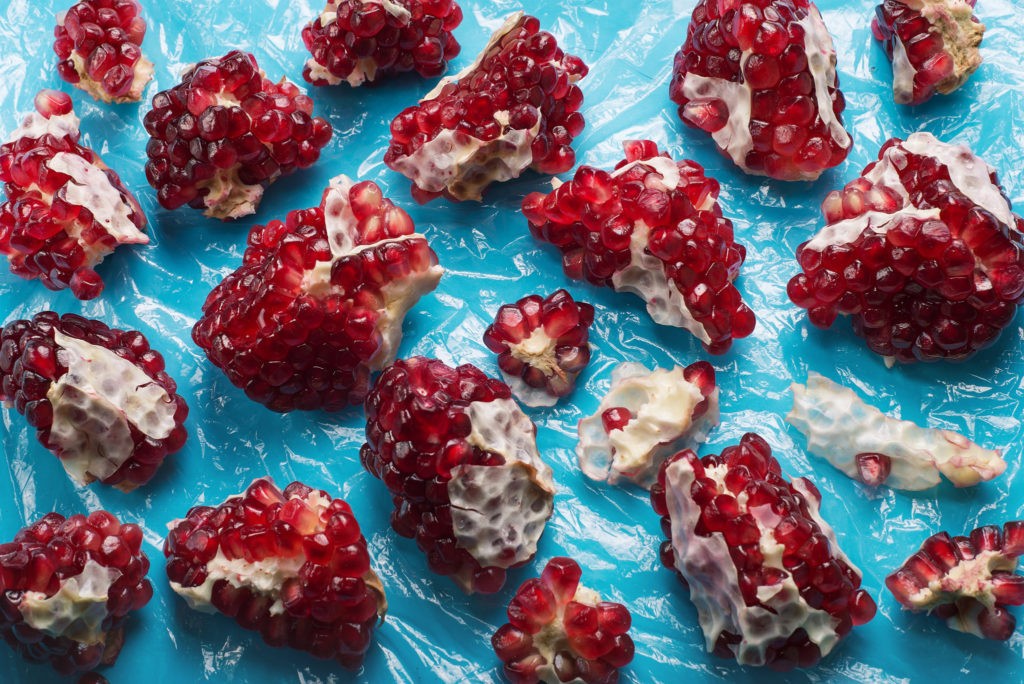
Pelmenyi, Herring & Caviar, Russia
Rather like Santa Claus at Christmas, Ded Moroz or Father Frost and his granddaughter Snegourochka, visit children on New Year’s Eve in Russia and bring gifts for them when they are fast asleep in bed. The real presents are in the traditional food that is eaten on New Year. Delicious pelmenyi dumplings with sour cream, pickled herring, boiled potatoes and egg salad, caviar, and of course plenty of vodkas!
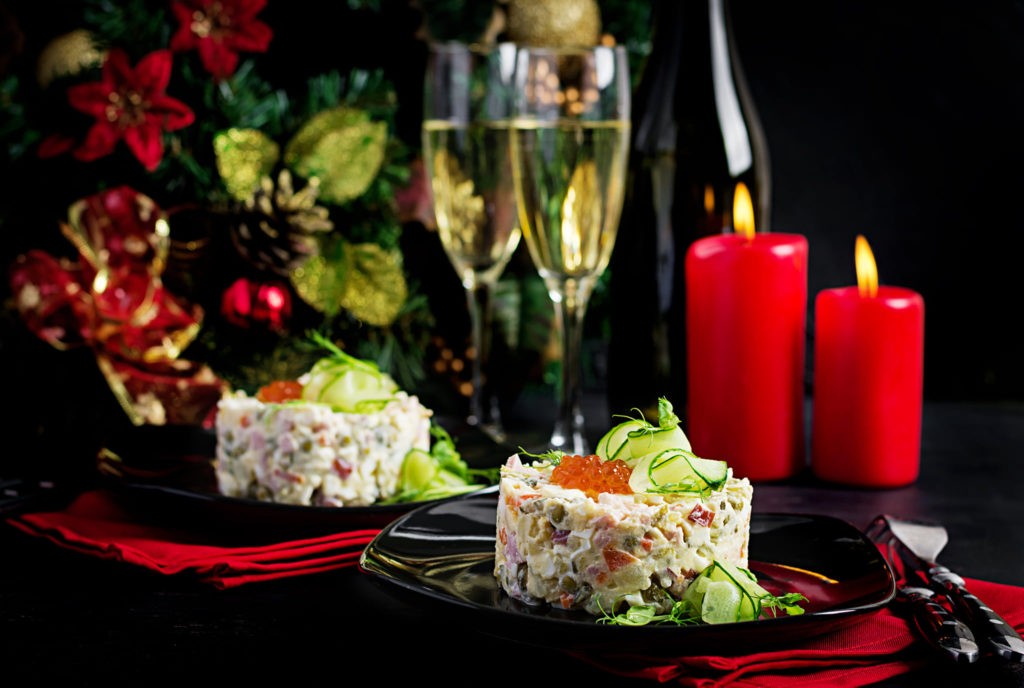
Tarehats, Armenia
A special large and flat sweetbread called tarehats is an important part of an Armenian family’s New Year’s Eve midnight meal. A bean, coin, or small button is baked into the bread, and the person who finds the trinket in their slice will enjoy good fortune in the coming year.
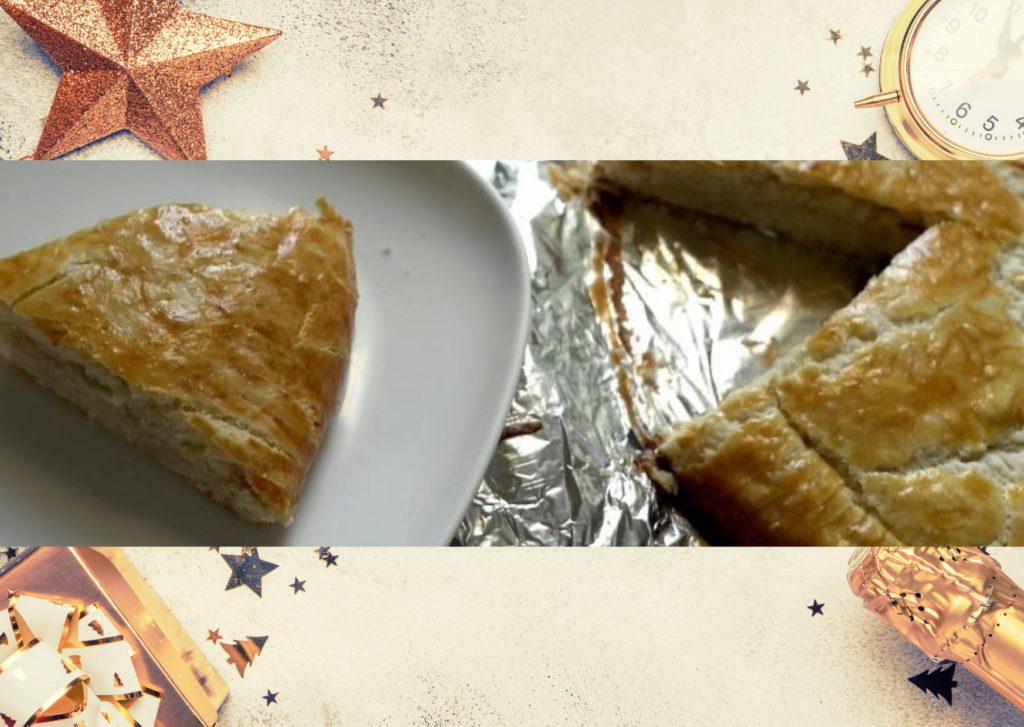
Snails, Oysters, Lobster & Foie Gras, France
Le Réveillon de la Saint Sylvestre in France is New Year’s Eve. Families cook traditional and often luxurious French food. Starters often include Burgundy snails, fresh oysters, foie gras, or even lobster. This is followed by roasted poultry, often turkey, pheasant, or any other meat that is not commonly eaten in the household. Dishes incorporate seasonal products such as chestnuts or truffles. New Year’s Eve dinner is a long-drawn-out affair accompanied by the best French wines.
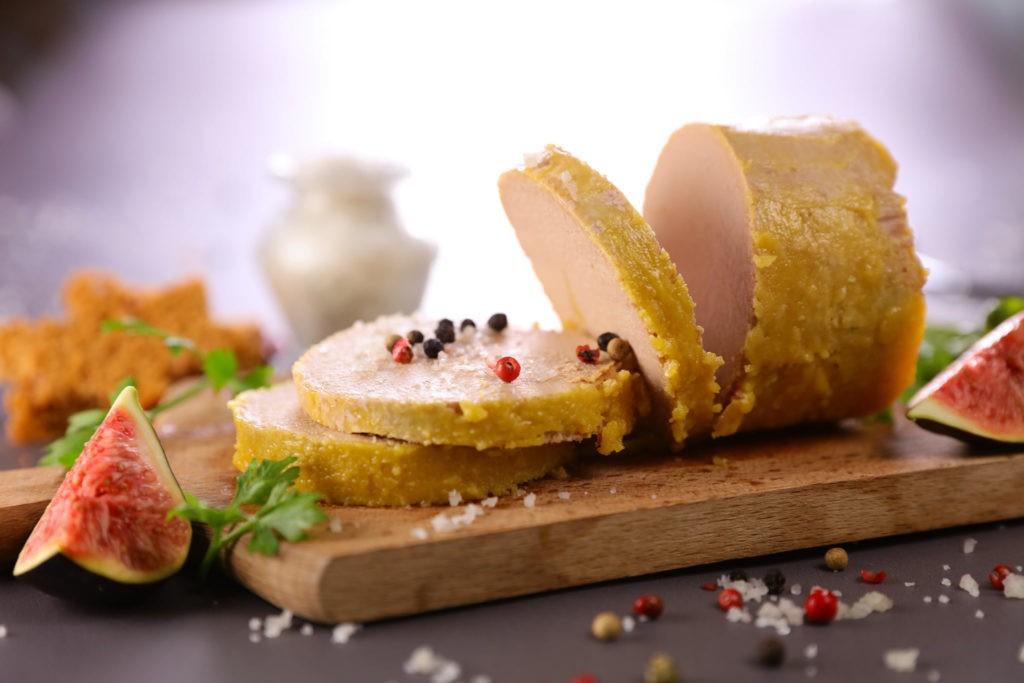
Bannocks, Scotland
Bannocks are one of the traditional foods associated with Hogmanay – New Year’s Eve and New Year’s Day. It is made out of oatmeal, and resembles a round or oval flatbread, though it could also be made to resemble a cake or scone.
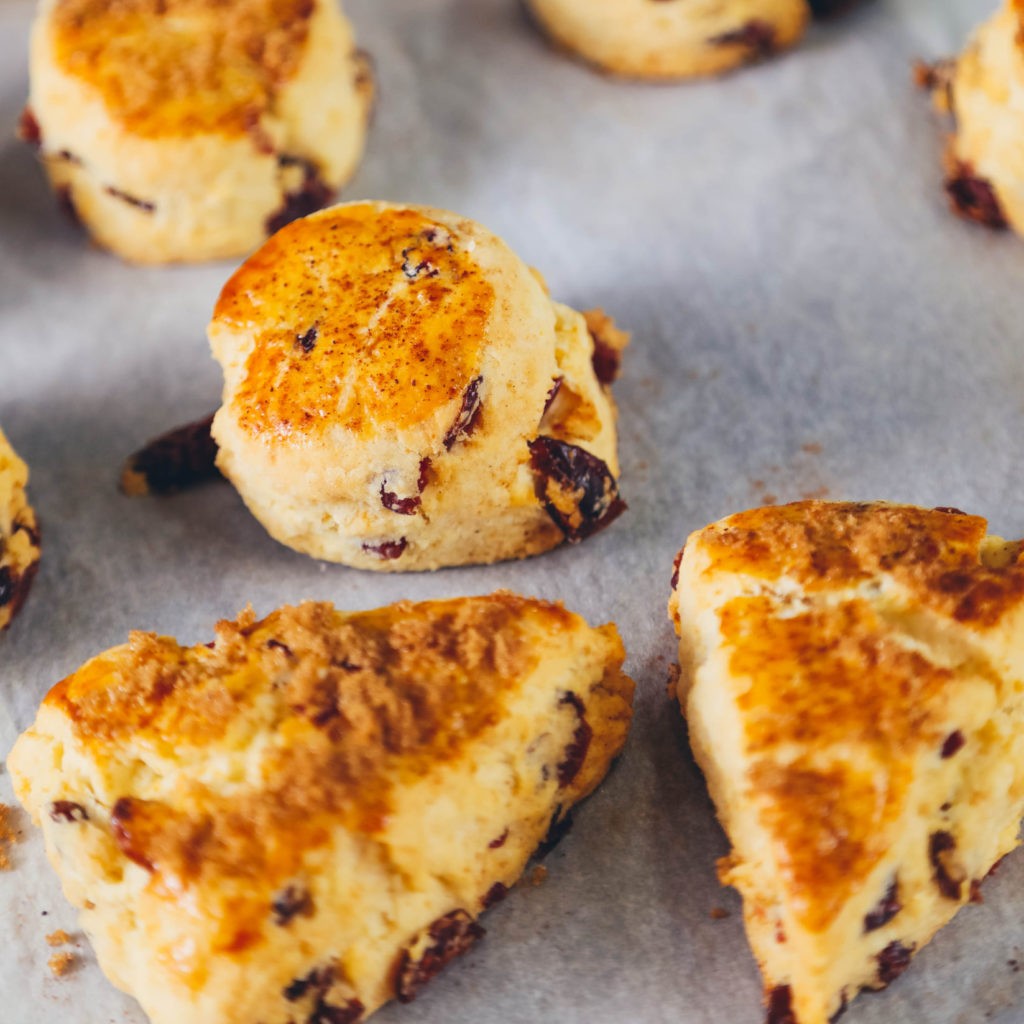
Ice Cream & Cream, Switzerland
The Swiss drop their ice cream or dollops of cream on the floor on New Year’s Eve to bring on a year of abundance.
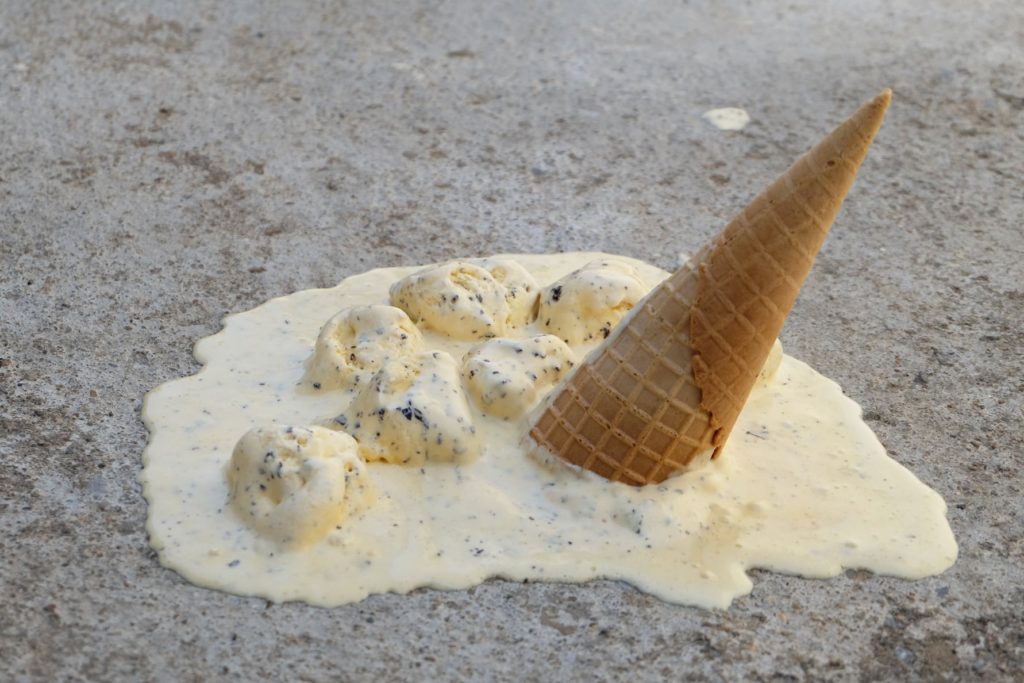
Hoppin John, Pork & Sauerkraut and Pretzels, USA
This flavourful dish, a Southern staple on New Year’s Eve, is a mixture of black-eyed peas, rice, and pork. It is eaten with collard greens and cornbread. It is believed to beckon good luck in the coming year.
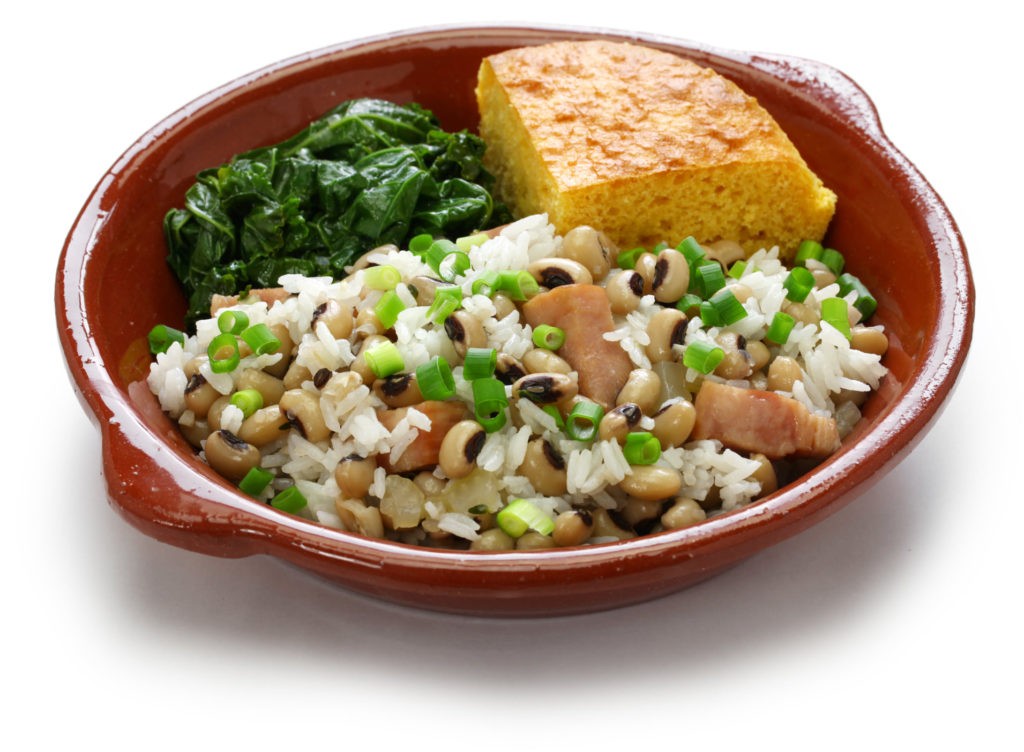
Pork and sauerkraut for dinner on New Year’s Eve are linked to the Germanic traditions in Pennsylvania and Ohio and are said to bring good luck and progress and prosperity. Sweet pretzels are also eaten at New Year’s breakfast or brunch for good luck in the coming year.
Though there really is no end to the myriad traditions that different countries have on New Year’s Eve or New Year’s Day, all of them have one thing in common – the hope for prosperity, happiness, and good fortune in the coming year.
And that is our wish for you too. May 2024 be a better and brighter year for everyone!
This story and the gallery have been updated with new information since its original publishes date.
Photos: Shutterstock
For latest travel news and updates, food and drink journeys, restaurant features, and more, like us on Facebook or follow us on Instagram. Read more on Travel and Food Network
Trending on TFN
Explore Utah’s Mighty 5® and What Lies in Between
Five Epic U.S. National Parks To Visit This Year
A homeschooled chef even before she joined Catering College in Bombay, Christine’s gastronomic journey started with mother and grandmother. Polished with a degree and 10 years of experience in the Hospitality industry, Christine’s love of food, drink and everything gastronomic has been sharpened and honed with travel across the world. Today, she shares the wealth of her foodie experience and adventures across the world with Travel and Food Network, so look forward to much more from Chrsitine!


